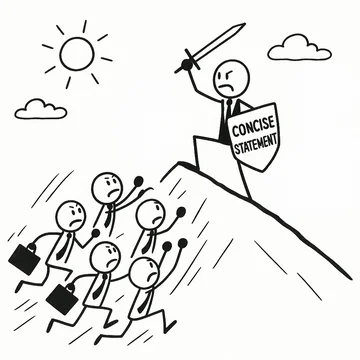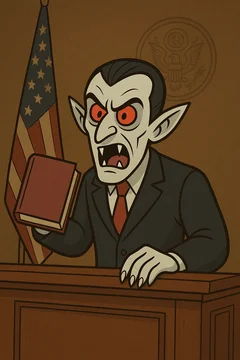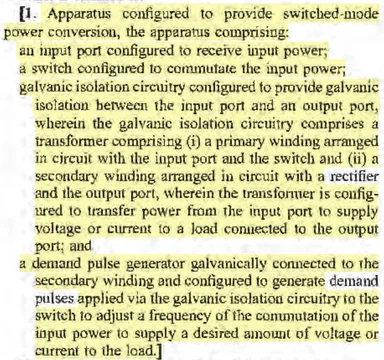
Looks like someone got a hole in one. On Friday, Judge Hall issued a relatively short memorandum order granting a § 101 summary judgment motion, and it neatly encapsulates what § 101 analyses seem to be trending towards.
The Court found that the 10 asserted claims, across three patents, are all directed to a simple abstract idea:
I agree with Netflix that each and every one of the asserted claims is directed to “the abstract idea of collecting, organizing, and automatically displaying content (e.g., a playlist of Internet content).” . . . The asserted claims contain a lot of words, and some of those words sound complicated.[] But what the claims cover is not complicated. For example, in plain English, claim 1 of the ʼ451 patent covers creating a playlist of content to be displayed from different sources (e.g., Internet pages) and automatically playing that playlist for a user, while giving the user the opportunity to adjust how long each piece of content (e.g., Internet page) is displayed for.
Robocast, Inc. v. Netflix, Inc., C.A. No. 22-305-JLH-CJB, at ¶ 2 (D. Del. Feb. 21, 2025).
It noted that—as is often the case for successful § 101 motions—none of the claims are actually limited to a way of solving the problem:
None of the asserted claims contain any specificity as to how to accomplish the tasks of generating a playlist of content, accessing content (except to say generally that it is done “automatically” and “without requiring user input”), organizing and displaying content (except to say that it is put into an “organized arrangement”), or permitting the user to adjust the duration of the display of content.
Id. at ¶ 3. The Court rejected the idea that "do it with software" represents a technical solution to a technical problem (an analysis that courts, including the Federal Circuit, sometimes seem to have trouble with)—and did so in a succinct way that I expect could be quoted pretty often going forward:
The prior art “problem” Robocast identifies (thinking about what to look at and then taking steps to access it) is not a technical problem, nor is it unique to the Internet. But even if it were, the “solution” covered by the asserted claims is not a technical solution. It is the abstract idea of automating the task of “collecting, organizing, and automatically displaying content (e.g., a playlist of Internet content).” Calling something a technical solution does not make it so. And just because a claim covers software does not make it a technical solution.
Id. at ¶ 4. The Court likewise easily rejected the idea that stating the tasks to be performed can be an inventive concept:
I agree with Netflix that each of the asserted claims lacks an inventive concept. The claims describe the basic concepts of generating a playlist of content, accessing content, organizing and displaying content, and permitting the user to adjust the duration of the display of content. The claims do not specify how any of those tasks are accomplished. Nor do they, for instance, provide a new algorithm or method for doing any of those tasks. Rather they just state, in functional language, that the tasks should be performed.
Id. at ¶ 5.
Beyond the above quotes, there are a few other interesting things here. For one, the Court invalidated the patent even though, during the briefing, the patentee offered expert testimony in favor of eligibility, and the moving party (the accused infringer) did not. This happens from time to time, but it's always nice to see another data point that it remains possible to win on eligibility or indefiniteness without having to submit an expert report.
You may also be curious whether the Court first denied this at the motion to dismiss stage. The answer is no—the defendant here never moved on § 101 at the motion to dismiss stage, when the case was assigned to Judge Andrews. I'm not sure why not.
Finally, the Court held that the plaintiff had forfeited its ability to assert a claim construction that it claimed would preclude a § 101 decision by failing to include it in the briefing:
At oral argument, Robocast’s counsel suggested (for the first time) that there was an extant dispute over the construction of “node” that needed to be decided before the Court could assess validity under § 101. If that were the case, it should have been raised in Robocast’s briefing. It wasn’t, and it is therefore forfeited.
The Court also noted, however, that it would have reached the same result either way, because the construction doesn't actually save the claims.
The entire order was just 8 pages long, and it is actually a fun read (at least, it is a fun read for a patent litigator who is often on the defense side).
If you enjoyed this post, consider subscribing to receive free e-mail updates about new posts.




